|
Barbara Roessle Since 2021, I am a PhD candidate in the Visual Computing and AI Lab at the Technical University of Munich advised by Prof. Matthias Nießner. My interest is in neural rendering, 3D reconstruction and novel view synthesis. From 2016-2021, I was developing software for autonomous driving at BMW, focusing on localization and sensor fusion. I studied computer science (M.Sc.) and electrical engineering (B.Eng.) at the Universities of Applied Sciences in Ulm and Esslingen. Email | Google Scholar | Github | Twitter |

|
Publications |
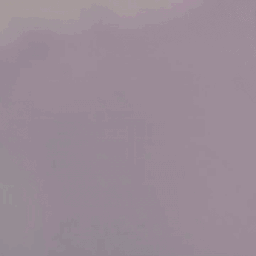
|
L3DG: Latent 3D Gaussian Diffusion
Barbara Roessle, Norman Müller, Lorenzo Porzi, Samuel Rota Bulò, Peter Kontschieder, Angela Dai, Matthias Nießner SIGGRAPH Asia, 2024 L3DG proposes generative modeling of 3D Gaussians using a learned latent space. This substantially reduces the complexity of the costly diffusion generation process, allowing higher detail on object-level generation, and scalability to room-scale scenes. Paper | Project page | Video | Bibtex |
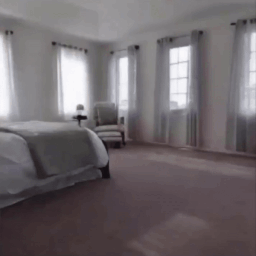
|
MultiDiff: Consistent Novel View Synthesis from a Single Image
Norman Müller, Katja Schwarz, Barbara Roessle, Lorenzo Porzi, Samuel Rota Bulò, Matthias Nießner, Peter Kontschieder CVPR, 2024 MultiDiff enables camera-motion control for scene-level novel view synthesis. Given a single RGB image and a camera trajectory of choice, the model generates 3D-consistent views extrapolating from the input image. Paper | Project page | Video | Bibtex |
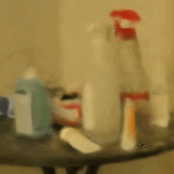
|
GANeRF: Leveraging Discriminators to Optimize Neural Radiance Fields
Barbara Roessle, Norman Müller, Lorenzo Porzi, Samuel Rota Bulò, Peter Kontschieder, Matthias Nießner ACM Trans. Graph., 2023 GANeRF proposes an adversarial formulation whose gradients provide feedback for a 3D-consistent neural radiance field representation. This introduces additional constraints that enable more realistic novel view synthesis. Paper | Project page | Video | Code | Bibtex |

|
End2End Multi-View Feature Matching with Differentiable Pose Optimization
Barbara Roessle, Matthias Nießner ICCV, 2023 End2End Multi-View Feature Matching connects feature matching and pose optimization in an end-to-end trainable approach that enables matches and confidences to be informed by the pose estimation objective. We introduce GNN-based multi-view matching to predict matches and confidences tailored to a differentiable pose solver, which significantly improves pose estimation performance. Paper | Project page | Video | Code | Bibtex |
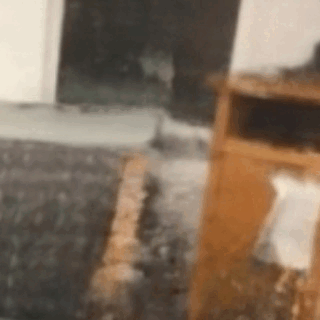
|
Dense Depth Priors for Neural Radiance Fields from Sparse Input Views
Barbara Roessle, Jonathan T. Barron, Ben Mildenhall, Pratul Srinivasan, Matthias Nießner CVPR, 2022 We leverage dense depth priors for recovering neural radiance fields (NeRF) of complete rooms when only a handful of input images are available. First, we take advantage of the sparse depth that is freely available from the structure from motion preprocessing. Second, we use depth completion to convert these sparse points into dense depth maps and uncertainty estimates, which are used to guide NeRF optimization. Paper | Project page | Video | Code | Bibtex |
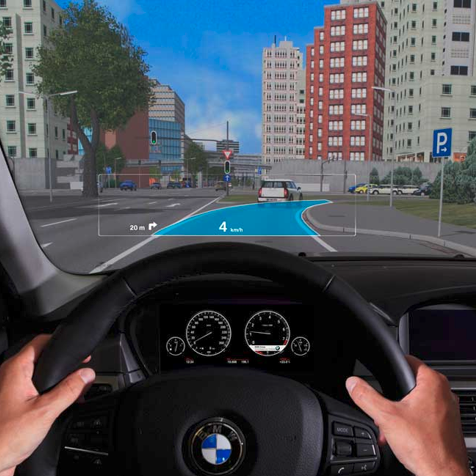
|
Vehicle Localization in Six Degrees of Freedom for Augmented Reality
Barbara Roessle, Sebastian Grünwedel IV, 2020 We present an efficient 6dof localization based on camera recognized landmarks and a HD map using an extended Kalman filter. With many landmark types, we find that fusing 2D landmarks from the image plane directly is a beneficial alternative to fusing 3D landmarks assuming prior 3D reconstruction: while achieving comparable accuracy, it circumvents 3D reconstruction, thereby reducing the computational effort, which is highly desirable in autonomous driving. Paper | Bibtex |
|
Many thanks for the website template. |